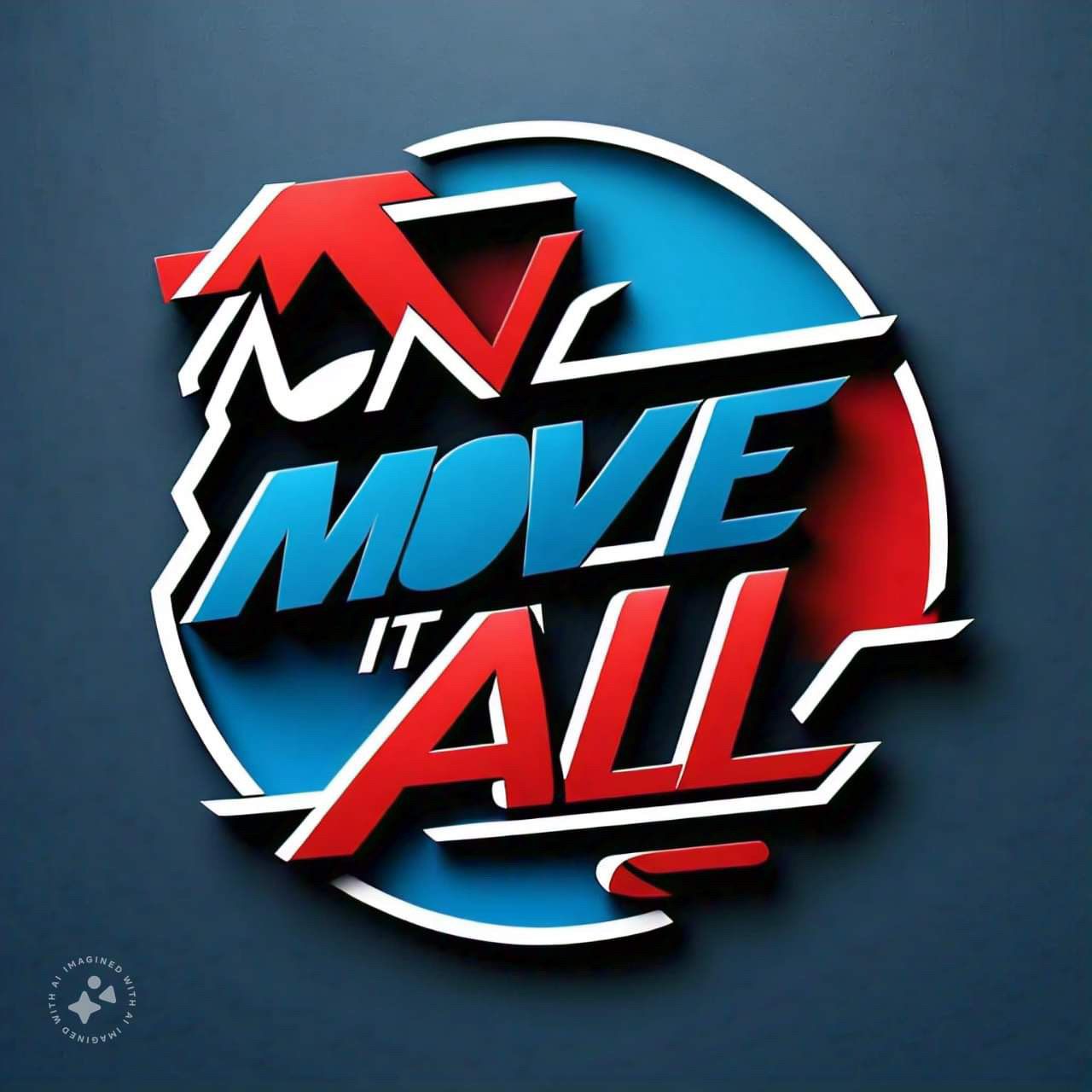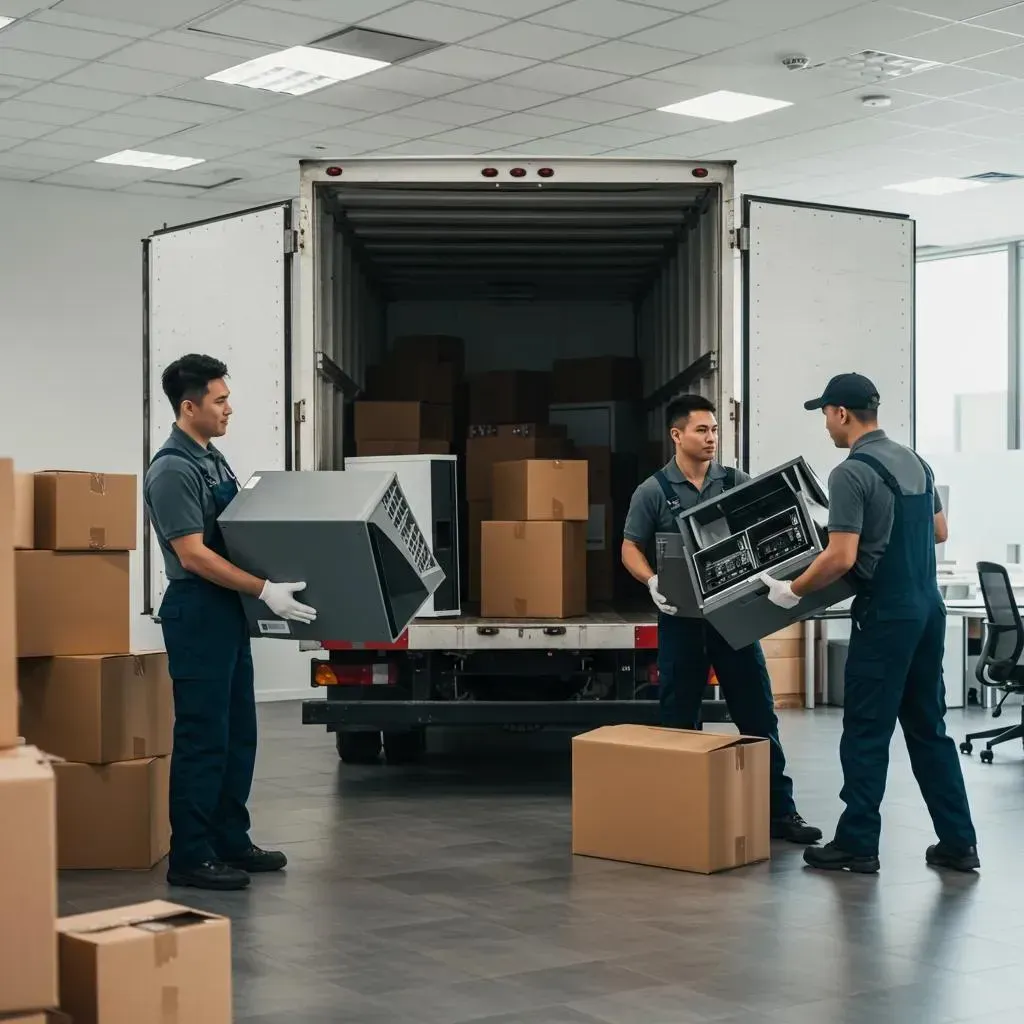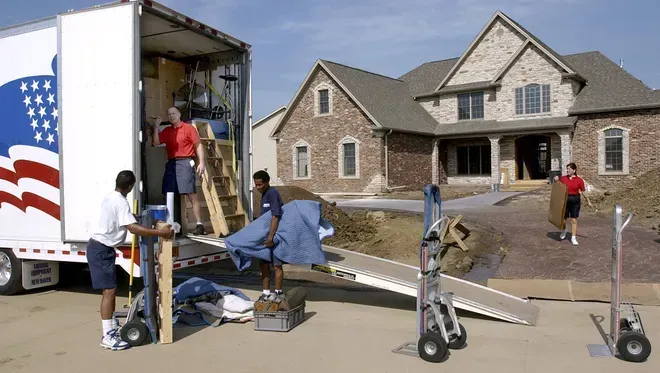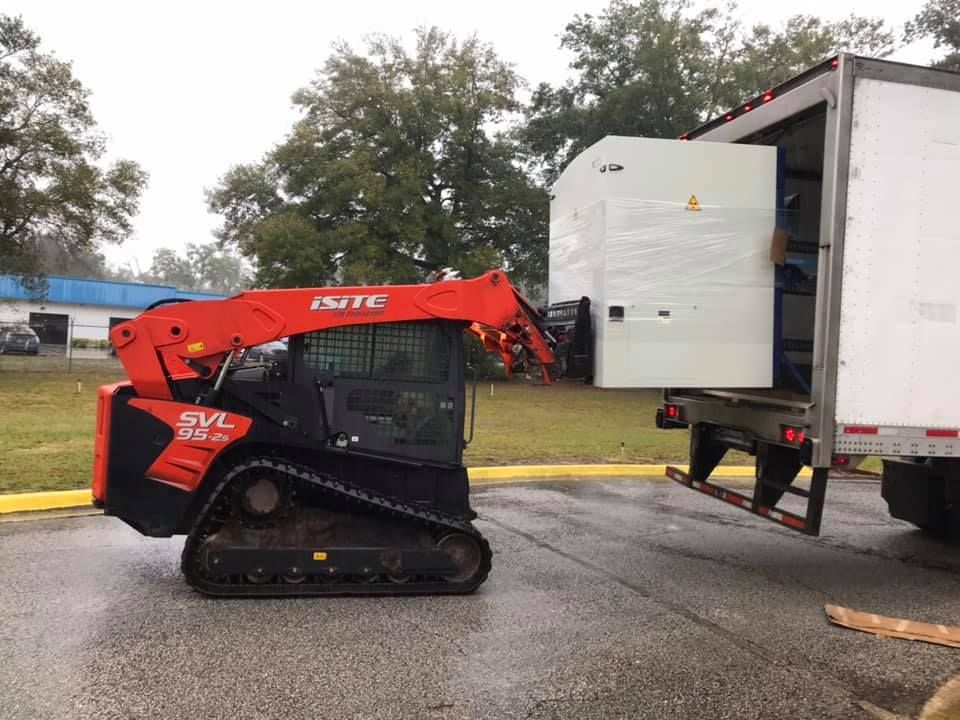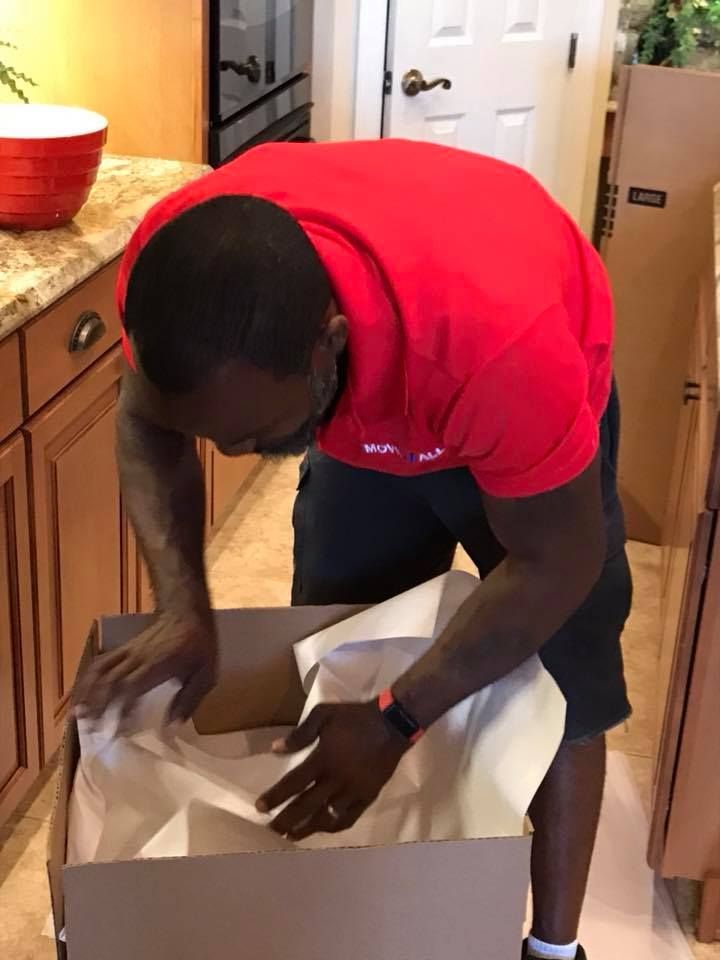BLOG
We Earned Their TRUST...
Now, Let Us Earn Yours!
Navigating Belongings Damaged During a Move: Filing a Claim and Knowing Your Rights

Discovering your cherished items are broken or boxes are crushed after a move can be incredibly disheartening. But don't worry, knowing exactly what to do when damage occurs during a move empowers you to protect your belongings and secure fair compensation. This guide will walk you through what to do if your items get damaged during the moving process. We'll cover immediate actions, explain mover liability and insurance options, detail thorough documentation techniques, guide you through MOVE IT ALL’s claims procedure, clarify your consumer rights if disputes arise, offer prevention tips for future relocations, and answer common questions about moving damage claims. By following these steps, you'll gain clarity on filing a moving damage claim, understand valuation coverage, and learn how MOVE IT ALL supports you from inspection through resolution.
What Should You Do Immediately After Discovering Damage to Your Belongings?
The moment you notice damage, it's crucial to pause unpacking to fully assess the extent of the harm and start gathering evidence. Acting quickly ensures your moving claim is based on precise observations and that you meet all carrier requirements. For instance, identifying broken furniture legs or torn upholstery within hours of delivery establishes a clear timeline for your moving claim.
Thorough inspection and documentation right away will strengthen your position and build confidence in the resolution process. Once you’ve cataloged visible damage, you can move on to formalizing records like the bill of lading and collecting multimedia evidence. The following sections provide specific steps for inspection, legal notation, and visual support.
How Do You Inspect and Document Damaged Items Right After Delivery?
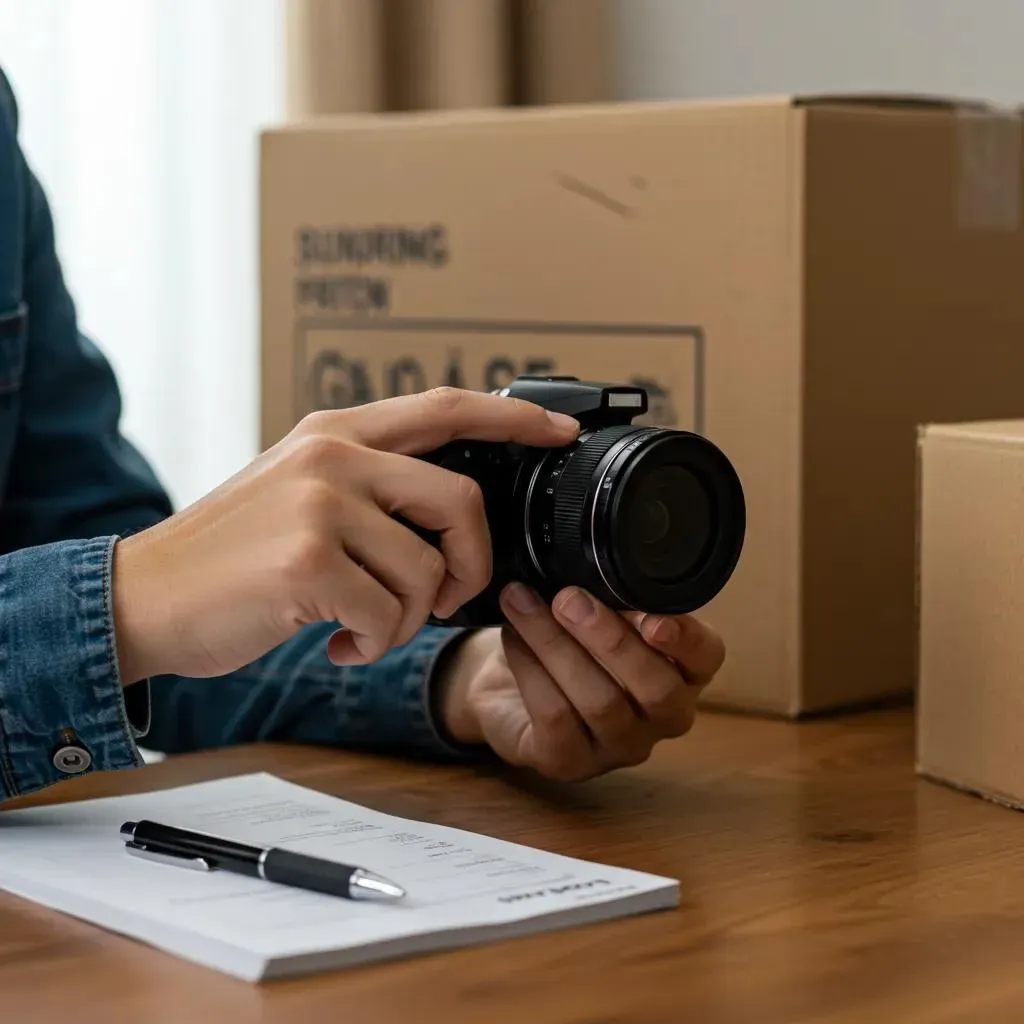
- Carefully inspect every box and large item for any dents, scratches, cracks, or signs of moisture.
- Open cartons gently, checking for crushed corners, torn packing paper, or items that have shifted out of place.
- Lay out all damaged belongings in a well-lit area and note down item names, serial numbers, and their approximate values.
- Record the exact date and time you conducted the inspection in a dedicated damage log.
- Share your initial observations with the moving crew to confirm shared understanding of the condition upon arrival.
Completing this inspection checklist provides a structured record that smoothly transitions you into formalizing damage on official transport documents.
Why Is Noting Damage on the Bill of Lading Crucial?
Noting damage directly on the bill of lading creates a binding record that the moving company acknowledges issues at the point of delivery. This document acts as the legal contract of carriage and significantly influences liability determination and claim validation. Including remarks like “scratched glass tabletop” or “broken drawer rail” links your observed damages to the carrier’s official record, minimizing potential disputes about the condition upon arrival.
Failing to mark damage promptly could lead to your claim being denied due to an alleged lack of timely notice. By recording precise descriptions in the “exceptions” section, you secure a foundational piece of evidence that the mover accepted responsibility for those items. This step is absolutely essential before departing the delivery site.
How Can Photos and Videos Support Your Moving Damage Claim?
Capturing high-quality photos and videos creates undeniable proof of the damage’s severity and context. Your visual evidence should include close-up shots highlighting cracks, chips, or tears, as well as wider shots showing the item’s surroundings and packaging.
- Use consistent lighting and include a ruler or your hand for scale in every shot.
- Record a brief video commentary describing each damaged item, noting the date and time.
- Save all multimedia files in a dedicated folder clearly labeled “Move Damage Documentation.”
By integrating clear visuals with your written log and bill of lading notations, you provide the claims department at MOVE IT ALL with a comprehensive evidence package that accelerates claim review and resolution.
How Does Moving Company Liability Affect Your Damage Claim?
Moving company liability defines the scope of compensation available under federal regulations and your chosen valuation coverage. Liability stems from the carrier’s obligation to deliver items in the same condition they were received. When you select from Released Value Protection or Full Value Protection, those choices directly shape your claim outcome and potential reimbursement.
Understanding the legal framework ensures you make informed decisions about coverage levels and anticipated compensation. Differentiating carrier liability limits from additional insurance options clarifies where the mover’s responsibility ends and external coverage begins, preparing you for the documentation and evidence required to substantiate your losses.
What Is Released Value Protection vs. Full Value Protection?
| Coverage Type | Liability Limit | Compensation Method | Typical Cost Impact |
|---|---|---|---|
| Released Value Protection | $0.60 per pound per item | Weight-based reimbursement | Often no additional fee |
| Full Value Protection | Declared value of items | Repair, replacement, or cash option | Variable premium based on total values |
This comparison highlights that a higher upfront premium for Full Value Protection yields broader coverage, laying the groundwork for selecting third-party insurance when mover liability limits are insufficient.
How Does Third-Party Moving Insurance Work for Damaged Goods?
Third-party moving insurance acts as a supplemental policy purchased from an independent insurer, rather than through the carrier. It typically covers higher valuations, accidental damage, and in-transit incidents not covered by basic mover liability. You submit your repair estimates and invoices directly to the insurance provider, following their specific claims procedures and deadlines.
Because third-party insurance often includes higher liability caps and fewer exclusions, it can be a valuable addition when Full Value Protection limits seem inadequate for high-value or irreplaceable items. Coordinating documentation between your carrier’s claim files and the insurer’s requirements maximizes your coverage.
What Are the Limits of Mover Liability for Damaged Belongings?
Mover liability is capped by federal regulation and your chosen protection tier. Released Value Protection imposes a strict per-pound limit, while Full Value Protection may exclude certain high-risk items or apply depreciation. Standard liability does not cover improper packing by the customer, damages occurring after delivery acceptance, or pre-existing flaws.
Recognizing these limits encourages you to document pack-yourself items separately and consider professional packing services to ensure full coverage. When submitting a moving damage claim, referencing the specific liability clause from your contract clarifies what is eligible for compensation and reduces misunderstandings.
How Do You Properly Document Damage to Support Your Moving Claim?
Proper documentation forms the backbone of any successful moving damage claim by combining detailed inventories, photographic evidence, and cost estimates. A structured record of all affected items, including descriptions, conditions, and approximate values, signals to the claims processor that you are organized and thorough. Comprehensive documentation also helps prevent overlooked damage and bolsters your claim’s credibility.
Maintaining standardized record formats and including every piece of relevant evidence ensures smooth claim processing. As you create inventories and reports, remember that repair or replacement receipts are essential attachments that bridge your documentation to tangible compensation.
What Is a Pre-Move Inventory and Why Is It Important?
A pre-move inventory is a detailed list of all items scheduled for transport, complete with descriptions, counts, and baseline conditions. By cataloging your belongings before loading, you establish a benchmark against which post-move damage is measured. For instance, noting “five dining chairs in excellent condition” allows you to pinpoint precisely which chairs arrived with scratches or broken legs.
Pre-move inventories reduce disputes over missing or damaged items and streamline the post-move inspection process. When combined with signed inventory sheets from the moving crew, this record serves as a contractual reference in your moving damage claim.
How to Create a Post-Move Damage Report Effectively?
Begin your post-move damage report with a concise summary of the move, including dates, locations, and the protection coverage you selected. Then, list each damaged item in table form, showing its original condition, the observed damage, the estimated repair cost, and a reference to the photographic evidence.
- Include item serial numbers or any unique identifiers.
- Attach dated photos next to the corresponding table entries.
- Add brief notes on how each damage occurred, if known.
Structuring your report in this fashion guides the claims examiner through a logical progression of facts, accelerating approval and settlement.
What Repair Estimates and Receipts Should You Collect?
Valid repair estimates include itemized invoices from certified repair shops or manufacturer-authorized technicians. Receipts should detail labor hours, parts replaced, and the total cost for each damaged item. For example, a sofa cushion repair quote must list fabric replacement expenses, stitching costs, and work hours.
Collecting multiple estimates (where feasible) underscores your commitment to fair valuation and provides the carrier with alternatives if one vendor’s quote appears excessive. Submitting clear receipts alongside your moving damage claim ties your documentation to real market values, facilitating accurate compensation.
What Are the Exact Steps to File a Moving Damage Claim with MOVE IT ALL?
Filing a moving damage claim with MOVE IT ALL follows a straightforward, step-by-step process designed to ensure timely resolution and maximize your reimbursement. As soon as you complete your inspection and documentation, initiating your claim triggers the carrier’s internal workflow and provides you with clear expectations regarding timelines, required forms, and communication channels.
Understanding each step in MOVE IT ALL’s claims procedure reduces anxiety and empowers you to track progress. From the initial notice to the final settlement, you remain an active participant in claiming compensation for your damaged belongings.
Who Should You Contact First When Filing a Claim?
Start by notifying your MOVE IT ALL relocation coordinator or the claims department within 24 hours of delivery, clearly stating the nature of the damage and your selected valuation coverage. A dedicated representative will log your preliminary claim, assign a claim number, and request the necessary documentation. Early contact ensures your file is opened promptly and that you receive guidance on the next steps, including specific forms to complete.
What Documentation Is Required to Submit a Valid Claim?
- Signed bill of lading with damage notations
- Pre-move and post-move inventories
- Photographs and video files of all damaged items
- Repair estimates and receipts
- Completed carrier claim form with an itemized damage list
What Are the Typical Timelines and Deadlines for Filing a Claim?
Federal regulations often mandate a 90-day deadline from the delivery date to file a written claim under both Full Value Protection and Released Value Protection. MOVE IT ALL’s internal policy adheres to this timeframe, so initiating your claim within that window is critical. Once filed, you can expect an acknowledgment within 10 business days and a claims decision within 30 business days, assuming all documentation is in order. Adhering to these timelines ensures your claim remains valid and prevents forfeiture of reimbursement rights.
What Are Your Consumer Rights If Your Moving Damage Claim Is Denied or Disputed?
If your moving damage claim is denied or disputed, you retain several avenues for recourse under federal law and industry practices. You can request arbitration through independent forums, file a complaint with the Federal Motor Carrier Safety Administration (FMCSA), or pursue mediation. Knowing these options alleviates frustration and demonstrates your awareness of the rights and remedies available beyond your mover’s internal review.
Empowered consumers approach dispute resolution proactively by assembling their documentation for each escalation stage. Clear knowledge of arbitration procedures and regulatory channels strengthens your position when challenging claim decisions.
How Can Arbitration or Mediation Help Resolve Moving Damage Disputes?
Arbitration and mediation offer neutral third-party adjudication or facilitation, respectively, to settle moving damage disagreements without formal litigation. In arbitration, an arbitrator reviews evidence and issues a binding decision, while mediation involves a moderator guiding both sides toward mutual agreement. These processes typically resolve disputes more quickly and at a lower cost than court proceedings, making them an effective path when a carrier’s internal claims process stalls.
When Should You Contact Consumer Protection Agencies Like FMCSA?
You should contact the FMCSA’s consumer affairs division when your claim denial persists after internal appeals or when you suspect contractual non-compliance with federal liability regulations. The FMCSA investigates moving companies for unfair practices and enforces carrier responsibility for goods in interstate moves. Filing a complaint with FMCSA can prompt official inquiries and apply regulatory pressure to achieve a settlement.
Can You Sue a Moving Company for Damaged Belongings?
Yes, you can pursue a lawsuit for damaged belongings once you exhaust arbitration, mediation, and FMCSA complaint processes, or if the carrier’s terms allow direct legal action. Litigation typically requires clear demonstration of contractual breach or negligence, supported by your damage documentation and claim correspondence. While court is a last resort due to cost and time, filing suit remains a legal avenue to secure full compensation when other channels fail.
How Can You Prevent Damage During Your Next Move? Tips from MOVE IT ALL Experts
Preventing damage in future relocations begins with professional assistance and proactive customer preparation. MOVE IT ALL’s expert packers employ specialized materials and techniques—custom crates for fragile items, reinforced wrapping for furniture corners, and strategic load distribution—to minimize shifting and impact. By understanding these best practices, you can collaborate effectively with your mover to safeguard your belongings.
Investing in professional packing and handling not only reduces risk but also optimizes transit efficiency. The following recommendations combine expert methods and customer actions to create a resilient moving plan.
What Professional Packing Techniques Reduce the Risk of Damage?
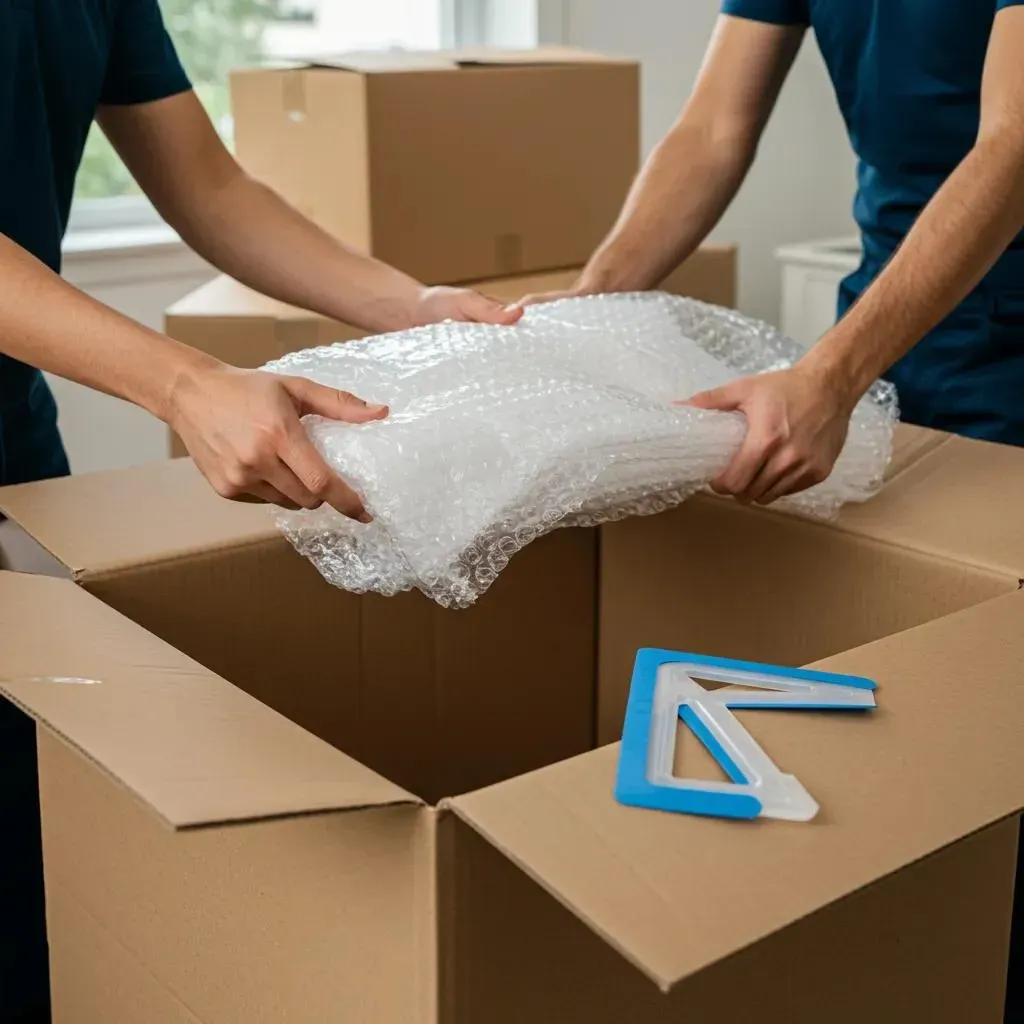
- Wrap delicate pieces in acid-free paper before applying bubble wrap.
- Use specialized corner protectors on tables and mirrors.
- Fill empty spaces in cartons with packing peanuts or foam-in-place to immobilize contents.
- Seal each carton securely with reinforced tape and clearly label it as “Fragile.”
How Does Proper Loading and Handling Protect Your Belongings?
Proper loading arranges items by weight and fragility, with heavier pieces placed at the bottom and cushioned layers separating contrasting objects. Secure strapping and padded rails prevent lateral movement, while strategic use of blankets shields vulnerable surfaces. This systematic loading method reduces stress on individual items and distributes forces evenly throughout transit, sharply lowering the incidence of damage that triggers claims.
What Can Customers Do to Prepare Their Items Before the Move?
Customers can prepare by disassembling large furniture, removing detachable hardware, and placing delicate accessories in clearly labeled packing kits. Documenting jewelry or small valuables in individual bags and noting serial numbers on electronics further safeguards high-value goods. Pre-packing essentials separately ensures that necessities remain accessible and intact, reducing the temptation to rush and potentially compromise protective measures.
What Are the Most Frequently Asked Questions About Moving Damage Claims?
This section addresses common uncertainties surrounding the filing of moving damage claims, including deadlines, evidence requirements, and valuation differences. By clarifying these points, you can anticipate claim examiner queries and avoid procedural missteps.
What Is the 90-Day Rule for Filing Moving Damage Claims?
The 90-day rule requires you to submit a written claim to the carrier within 90 days of delivery under both Released Value Protection and Full Value Protection. Missing this deadline may forfeit your right to compensation, making prompt action essential.
How Do You Prove Movers Damaged Your Property?
Proving mover-caused damage involves correlating your pre-move inventory, bill of lading notations, and timestamped photos or videos. Clear documentation showing items intact at pickup and damaged at delivery demonstrates carrier responsibility.
What Does Full Value Protection Cover Compared to Released Value Protection?
Full Value Protection covers the full declared value of each item, offering repair, replacement, or cash settlement, whereas Released Value Protection limits reimbursement to a fixed per-pound rate. The broader scope of Full Value Protection justifies its additional premium.
How Long Do You Have to File a Moving Claim?
Federal guidelines stipulate a 9-month period from delivery to bring a lawsuit if you need legal recourse, while the initial written claim must be filed within 90 days. Understanding both timeframes prevents loss of rights at subsequent stages.
What Is the Role of the Bill of Lading in Damage Claims?
The bill of lading serves as the carrier’s official contract and condition report. Noting exceptions on this document creates a binding acknowledgement of damage, forming the legal foundation for your moving damage claim.
Moving damage can be stressful, but a clear plan of immediate inspection, detailed documentation, and adherence to liability and insurance protocols enables successful claims. By following MOVE IT ALL’s structured process and leveraging your consumer rights, you transform uncertainty into actionable steps. For peace of mind in future relocations, consider professional packing and handling services that minimize risk and safeguard your belongings every step of the way.
